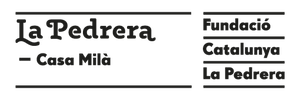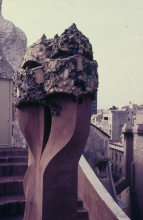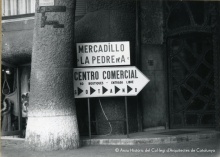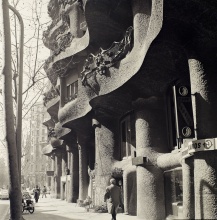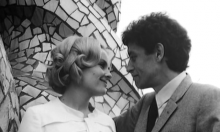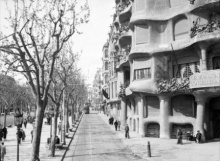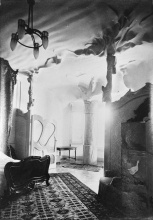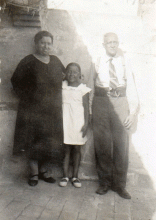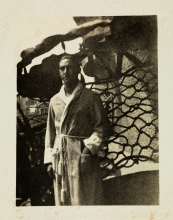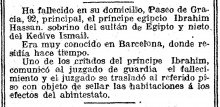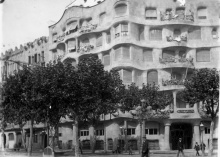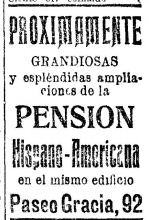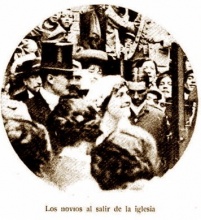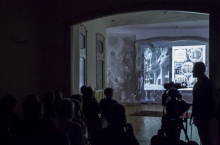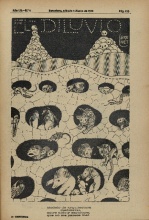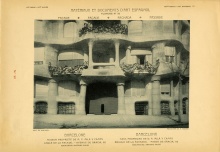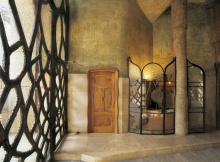My association with the work of Antoni Gaudí (1852-1926) began in 1978, about the same time as the restoration of democracy in Spain.
I discovered Gaudí when I arrived in Barcelona. Gaudí and Barcelona are indivisible and I began to study the artist and his work from that moment on. I was horrified at that time at how physical contact with any part of his work left one absolutely filthy, and I wondered why no-one had removed that thick layer of soot and atmospheric contamination from these works of art. At the same time, this dust afforded them a patina that only time can achieve... « Read more »
